When we think of epic off-road travel destinations, a few special places come to mind. You’ve got the slickrock trails of Moab, the endless sand dunes of Glamis, and the epic views of Arizona’s Bulldog Canyon. What we don’t think of, however, is Wisconsin, and that needs to change.
I don’t know about you, but up until a few weeks ago, Wisconsin meant two things to me: Cheddar cheese and football. I enjoy both of these as much as any warm-blooded American, but neither is enticing enough to get me out of the house, let alone on a week-long trip halfway across the country.
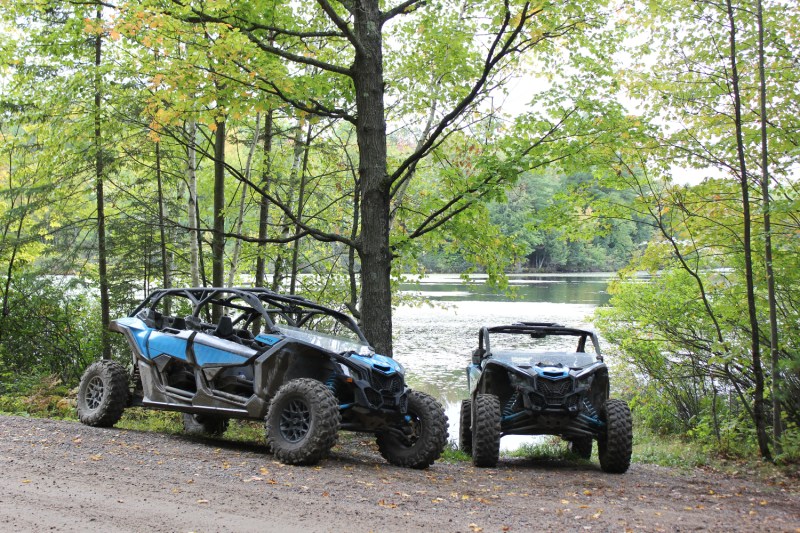
Don’t get me wrong; fried cheese curds are one of life’s great pleasures, and football gives the world something to shout at while they drink beer, but there’s a lot more to Wisconsin than that. This under-appreciated state’s northern counties have quietly grown into a mecca for off-road adventure over the last decade. If the Badger State is in your travel plans, here’s how to get the most out of your trip.
Off road travel: ATVs, UTVs, and side-by-sides
If you’re traveling to Wisconsin and putting together a to-do list, this one should be at the very top. The state has poured an incredible amount of time and energy into developing one of the most impressive trail systems I’ve ever seen, and that so few people take advantage of it (or even know it exists, for that matter) just seems criminal.
The sky is the limit here. Rent a four-seat side-by-side and take your family on a kaleidoscopic tour of the foliage. Load up your fishing gear on a UTV and spend a week hopping between the dozens of lakes and rivers on offer. Rent a 200-horsepower Can-Am Maverick Turbo and go absolutely nuts from dawn till dusk (my personal favorite).
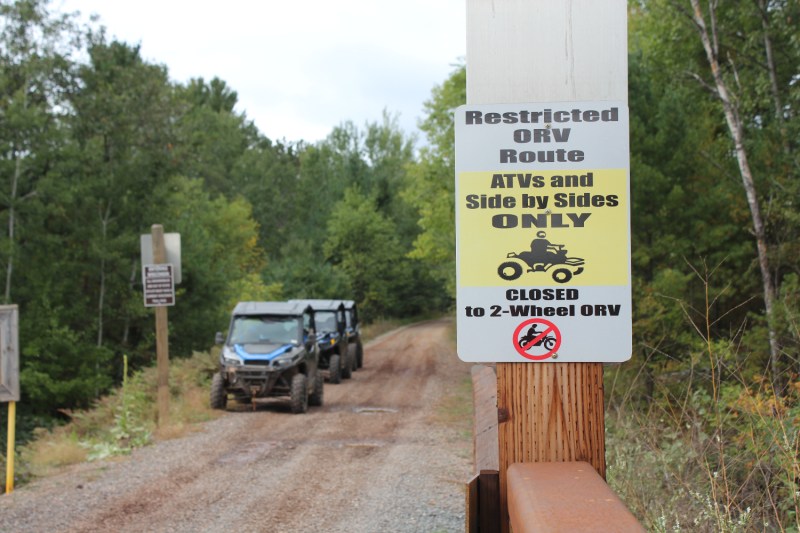
There are literally thousands of miles of ATV-only trails in the northern half of the state, but it’s important to note that one of the beautiful things about Wisconsin off-roading is that you aren’t limited to trails alone. The state has designated a jaw-dropping number of “routes” along which off-road vehicles can legally drive, including many public roads, both paved and unpaved. When it’s all said and done, the state is home to over 50,000 miles of combined trails, routes, and roads to choose from.
There are entire communities here built around recreational vehicles. Local volunteers are constantly planning, improving, and maintaining trails for public use (tractor-pulled groomers run the trails 24 hours a day in many regions), and the results are plain to see. Trails link up to gas stations, restaurants, and local businesses by the dozen, with little to no pavement in between. Ride through a hundred miles of pristine backcountry, stop for gas, grab a bite to eat, then do it all over again.
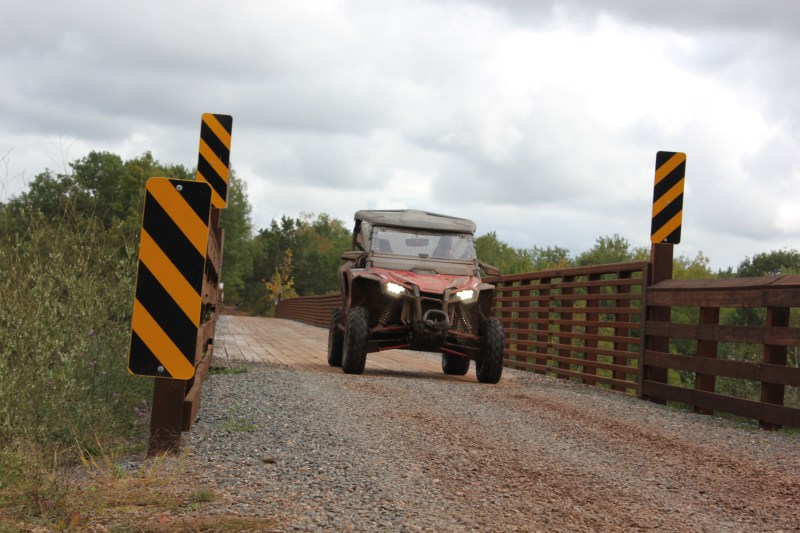
I trust you’re starting to see the big picture here.
Want to ride from the state’s northern border all the way down to Lake Michigan? There’s a route for that. Want to ride clear across the entire state, from Superior to Marinette? There’s a route for that. If it weren’t for the stretch of highway leading up from the Green Bay airport, you could spend a full month here without once needing a rental car or an Uber. The possibilities are truly endless, but here are a few suggestions on some excellent off-roading areas.
Marinette County
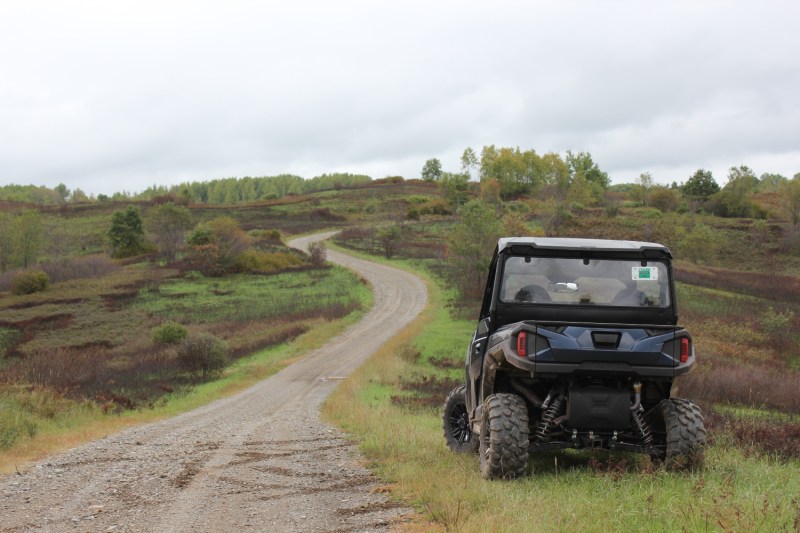
Marinette County boasts over 200 miles of year-round ATV/UTV trails, and thanks to a massive community of local volunteers and trail ambassadors, it also happens to be one of the most well-organized and well-maintained riding areas in the state. Marinette County’s trail system is ideal for sightseeing and casual tours, but it’s got a few choice spots to go get wild as well. Look for the designated “play areas” sprinkled throughout the trails, as these locations are intended for cutting donuts, hitting jumps, and sliding around berms without endangering other riders.
Tip: Get a map
As a whole, northern Wisconsin is one of the most ATV-friendly places on the planet, but each county and region has its own laws and nuances governing where and how you can ride. For best results, I recommend you pick up trail maps for each region you visit, which are widely available both online and in person. These maps give you a proper “lay of the land” for each region you ride through and typically include lists of local attractions to check out as well.
Oconto County
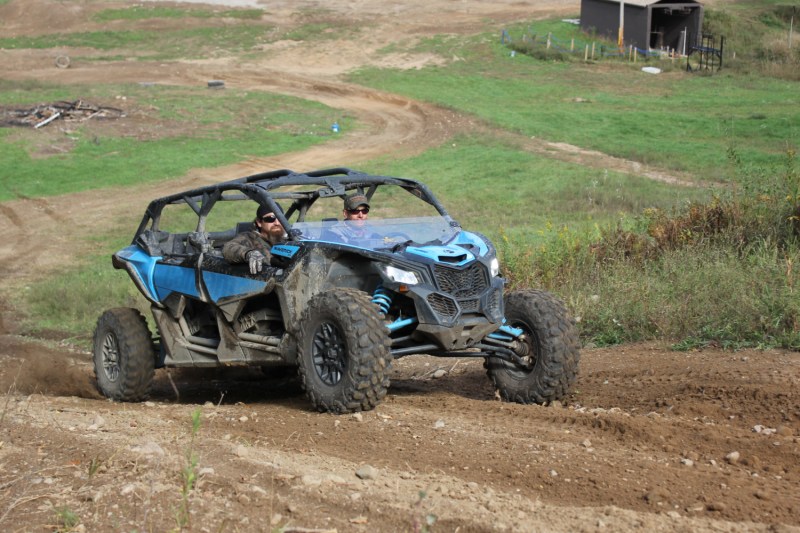
You’ll find over 500 miles of scenic trails in Oconto County alone, arguably the crown jewel of Wisconsin’s ATV/UTV trail system. Oconto is home to the self-proclaimed “ATV capital of the world,” AKA the city of Gillett, whose streets are open to ATV/UTV traffic year-round. If thrill-seeking is your thing, Oconto County is a great place to cut loose, as speed limits for off-road trails typically only exist around towns and residential areas.
Tip: Know your limits
The notable lack of speed limits in some of these areas makes for good fun, but just because you can doesn’t mean you should. Modern side-by-sides have no problem going 70+ mph in the dirt, but riding beyond your skill level is a quick way to injure yourself and others. I’ll also point out that most rental companies include a “you break it, you buy it” policy, so unless you’re comfortable dropping $20,000+ on a new toy, please enjoy responsibly.
The Northwoods
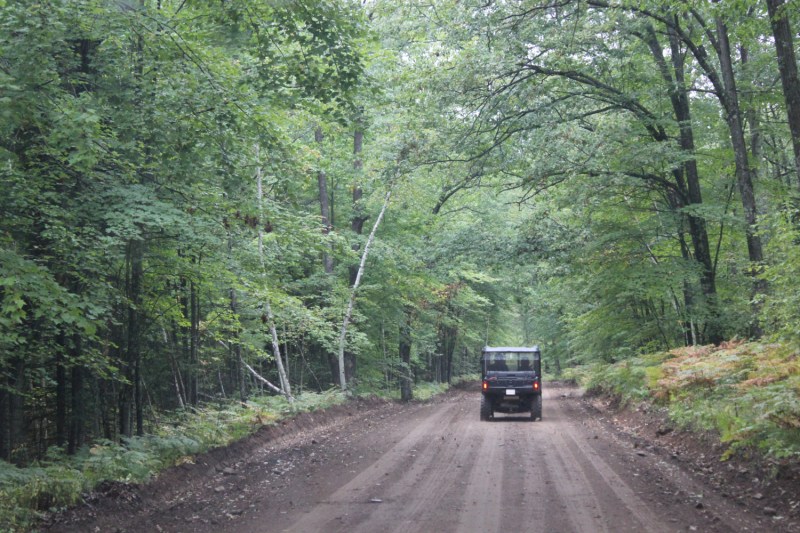
The Northwoods region is made up of Forest, Langlade, Oneida, and Lincoln Counties, and it’s a must-stop destination for off-roaders. This broad region is located along the western border of Marinette and Oconto and features hundreds of miles of forest trails that connect the four counties. A few must-ride features of the area include the 33-mile Wolf River trail, the 50-mile Parrish Highland Trail, the 50-mile Harrison Hills trail, and the 40-mile Little Rice ATV trail.
Tip: You’ll need a safety certification
The Wisconsin Department of Natural Resources requires anyone operating an ATV, UTV, or side-by-side to complete an online safety course before using state trails. This certification costs about $35, but you’ve got unlimited attempts to pass the exam, and once completed, the certification never expires.
Snowmobiling
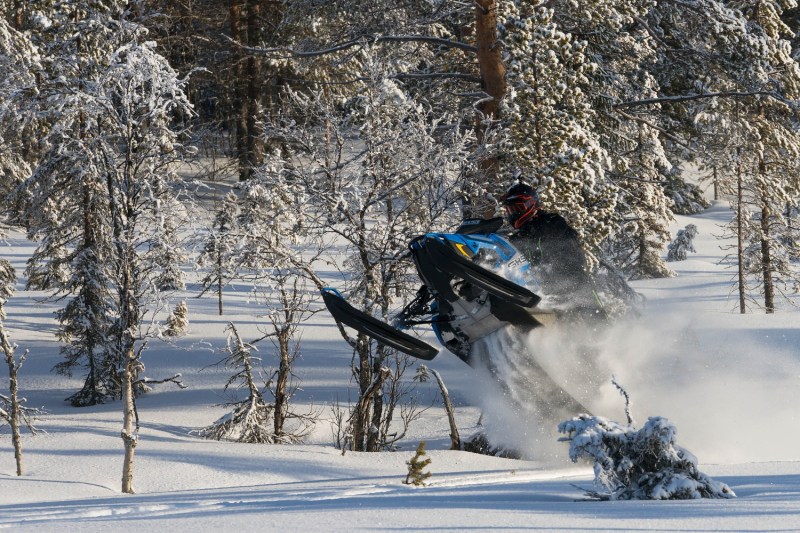
Wisconsin’s off-road and ATV trails are impressive, but truth be told, they’re dwarfed by the state’s expansive snowmobile trail system. That’s because once the seasons change and the white stuff starts to fall (and boy, does it fall, with some areas getting well over 100 inches of snow per year), just about every trail in the region is fair game for snowmobiling.
Wisconsin’s snowmobile routes get the same daily 24-hour grooming treatment as the dirt routes, but the state also opens up another several hundred miles of snowmobile-only routes during snow season, making the possibilities of snowmobile trips virtually endless. Touring the fall foliage is a breathtaking experience, but riding through a moonscape of skeletal evergreens is absolutely otherworldly.
Mountain biking
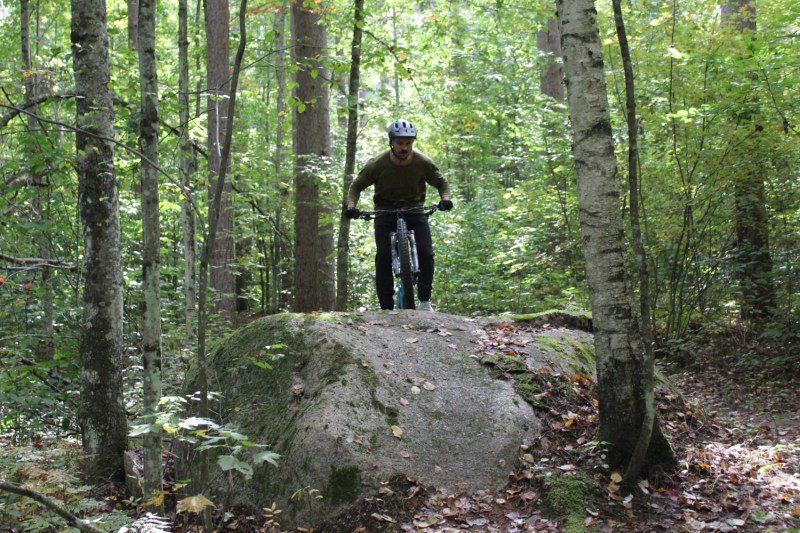
If you’re looking to mix it up and take a break from internal combustion, Wisconsin also happens to be home to some great mountain biking trails. The geography in the region is fairly unique in that Wisconsin isn’t completely flat, but compared to West Coast trails or even those around the Appalachian range, changes in elevation are much more subtle.
This translates to fewer painfully steep climbs and more rolling, flowy trails that are still good fun but won’t completely destroy your legs after a few hours. You’ve got several solid options sprinkled throughout the state, but here are a few recommendations.
Nicolet Roche Trail
The Nicolet Roche is a handmade trail system maintained by the Langlade Area Mountain Bike Association. LAMBA designed this route to be tight and technical, with a good mix of difficulty levels and unique features scattered throughout its 13-mile length. The Nicolet Roche is famous for the large granite boulders scattered along the route, which can (and should) be climbed, descended, and, jumped at every opportunity.
Chequamegon Trail System
The Chequamegon Trail System (or CAMBA, if you’d rather not pronounce that), is the premier mountain bike destination in Wisconsin, with over 300 miles of mapped and maintained trails. There’s something for everyone here, from fast single-track to all-day gravel grinders. If you’re going to go, don’t miss the infamous “Rock Lake Trail,” a 12-mile stretch so good it’s been awarded the “epic ride” designation from the International Mountain Bike Association.
John Muir Trails
This 25-mile stretch of pristine single-track is a bit of a hike from the Northwoods, but if your trip includes anything around the Madison/Milwaukee area, it’s a mandatory stop. The John Muir Trails are as challenging as they are scenic (i.e., not for beginners). Although it’s heavily trafficked throughout the week, all the trails are one-way only, so the area never feels overcrowded.



